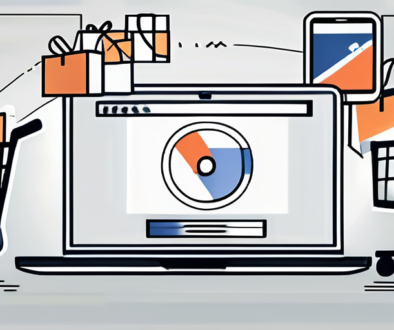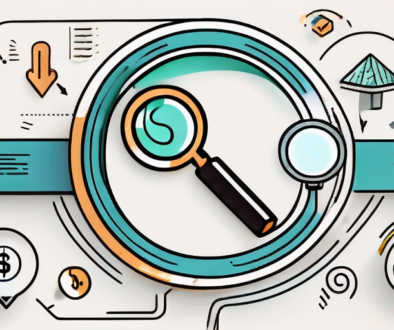Navigating the Maze: Understanding Distribution Channel Strategies
Navigating the Maze: Understanding Distribution Channel Strategies
In the intricate world of marketing and sales, the path your product takes from creation to the consumer is crucial. This journey, facilitated by what’s known as a distribution channel or channel of distribution, significantly impacts the efficiency, reach, and profitability of your business operations. Whether you’re a burgeoning startup or an established enterprise, mastering the art of distribution channels is key to aligning your product distribution strategies with your business goals.
What is a Distribution Channel?
A distribution channel comprises the series of intermediaries—wholesalers, retailers, and other agents—through which a product passes until it reaches the end consumer. These channels serve not just as pathways for physical goods, but also as vital conduits for information, payment, and post-purchase support.
The Importance of Choosing the Right Distribution Channel
The right distribution channel ensures that your products meet your target market efficiently, enhancing customer satisfaction and loyalty. It also plays a pivotal role in your marketing mix, influencing pricing, promotion, and product strategies.
Types of Distribution Channels
Understanding the types of distribution channels available is the first step in crafting an effective distribution strategy. Here’s a breakdown:
Direct Distribution Channels
Direct channels allow businesses to sell products directly to their end consumers without intermediaries. This approach offers greater control over the customer experience and can lead to higher margins.
- Direct and Indirect Impacts: While direct channels provide close customer contact and immediate feedback, they require significant investment in sales and marketing resources.
Indirect Distribution Channels
Indirect channels involve intermediaries such as wholesalers and retailers who sell your product to the end consumer. These channels can expand your market reach but at the cost of relinquishing some control over the selling process.
- Levels of Distribution: Depending on the number of intermediary steps, indirect distribution channels can be single-tiered (manufacturer to retailer to consumer) or multi-tiered (involving wholesalers and possibly other intermediaries).
Digital Distribution
The rise of e-commerce has amplified the importance of digital distribution, allowing businesses to reach global markets with unprecedented ease. Digital channels reduce physical barriers, making them especially advantageous for software, entertainment, and knowledge-based products.
Examples of Distribution Channels in Action
To illustrate, let’s consider a few distribution channel samples across different industries:
- Retail Distribution: A clothing manufacturer sells its products through a network of retail stores, offering a wide consumer base while relying on retailers’ marketing efforts.
- Wholesale Distribution: A farm supplies wholesaler distributes products to various small retailers, reducing the burden of individual retail relationships for the manufacturer.
- Exclusive Distribution: High-end electronics companies often opt for exclusive distribution, selling through a single retailer in a specific area to maintain brand prestige and pricing control.
Crafting Your Distribution Channel Strategy
Selecting and managing your distribution channels requires strategic planning and continuous evaluation. Here are steps to ensure effectiveness:
Analyze Your Product and Market
Consider your product’s needs (e.g., refrigeration for perishables, digital platform for software) and your target market’s buying behavior to determine the most suitable channel.
Evaluate Intermediary Partners
Choose intermediaries that align with your brand values and can effectively reach your target audience. Establish clear terms and maintain strong relationships to ensure mutual success.
Integrate with Marketing and Sales
Ensure your distribution strategy complements your overall marketing and sales efforts. Consistency across channels reinforces your brand message and drives customer engagement.
Leverage Technology for Distribution Management
Utilize technology to streamline distribution processes, track product movement, and gather data for informed decision-making.
The Future of Distribution Channels
The future of distribution channels lies in customization, digital transformation, and integration. As consumer preferences evolve and new technologies emerge, businesses must adapt their distribution strategies to stay competitive. This means embracing digital distribution, exploring direct-to-consumer models, and leveraging data analytics to optimize channel performance.
Conclusion: Mastering the Art of Distribution
The path your product takes to reach its final destination is fraught with decisions that can make or break your business. By understanding the nuances of different distribution channels, assessing your product and market needs, and adapting to the evolving landscape, you can create a distribution strategy that not only reaches your target audience but also enhances your overall business strategy. Remember, in the world of distribution, one size does not fit all. The key to success lies in tailoring your approach to fit the unique contours of your brand, your product, and your market.



